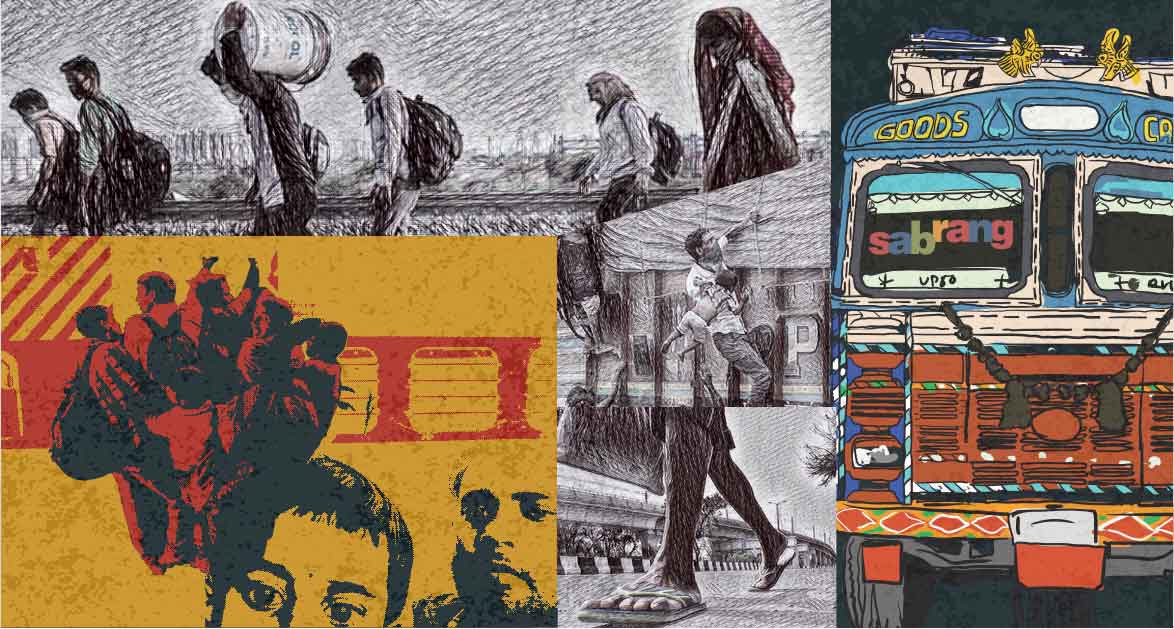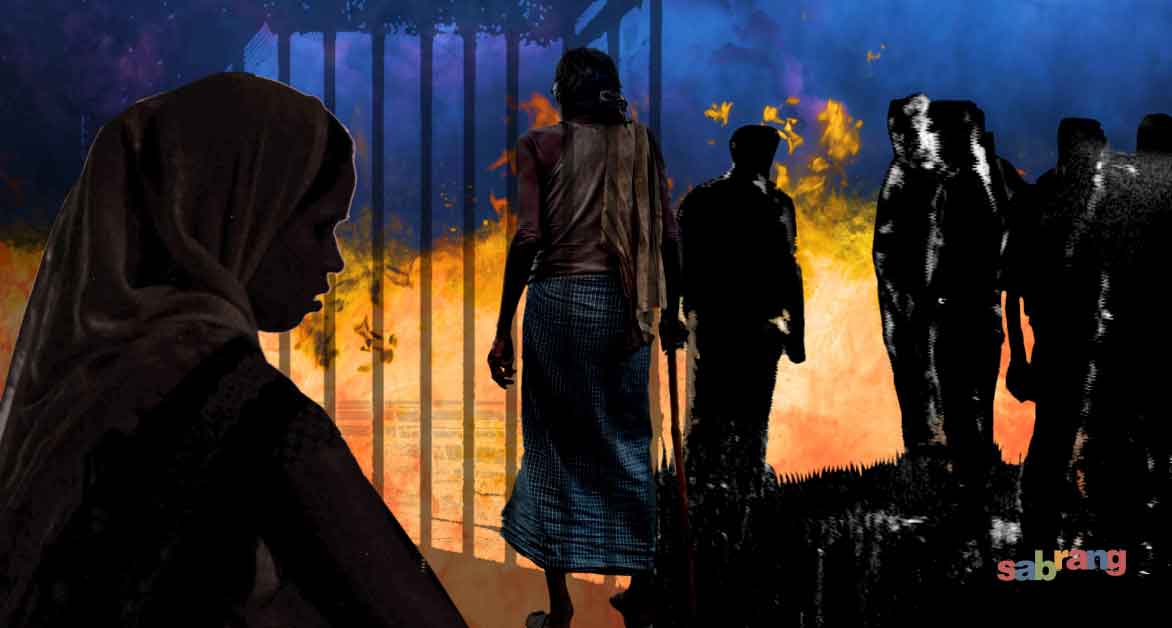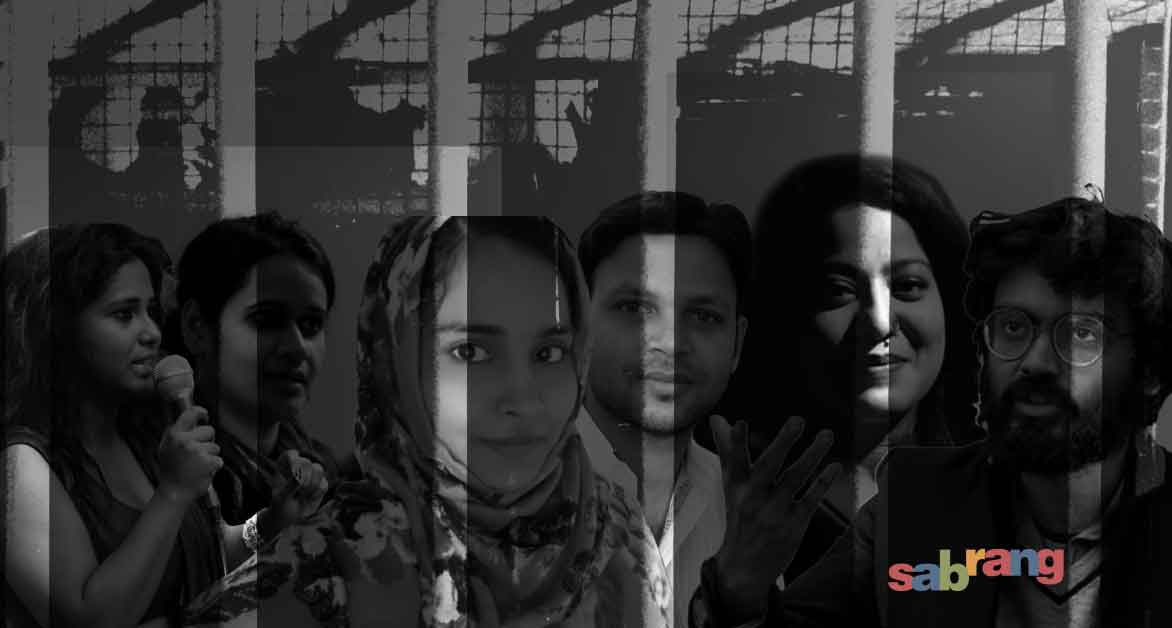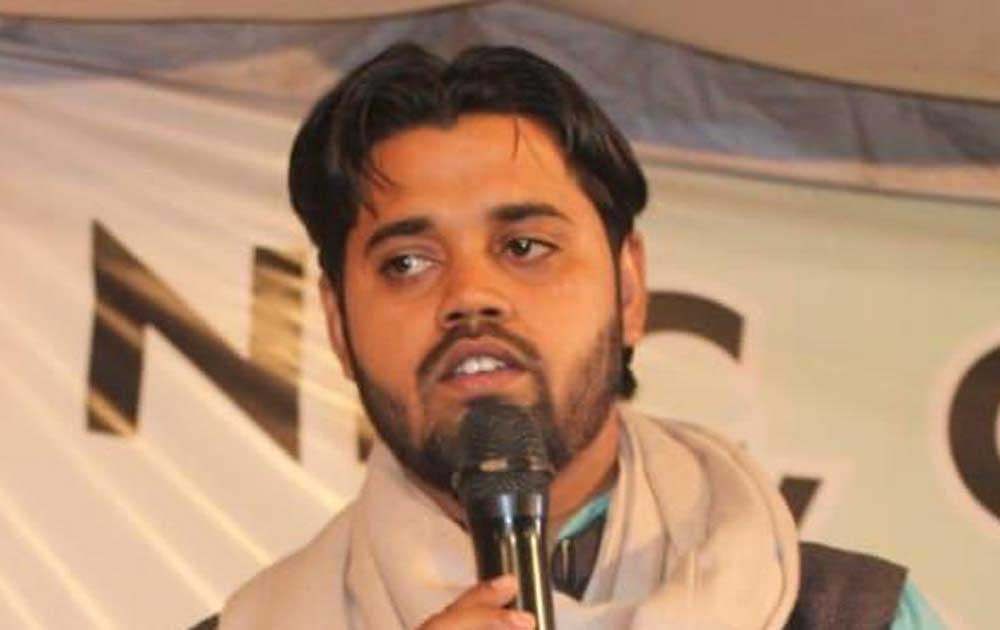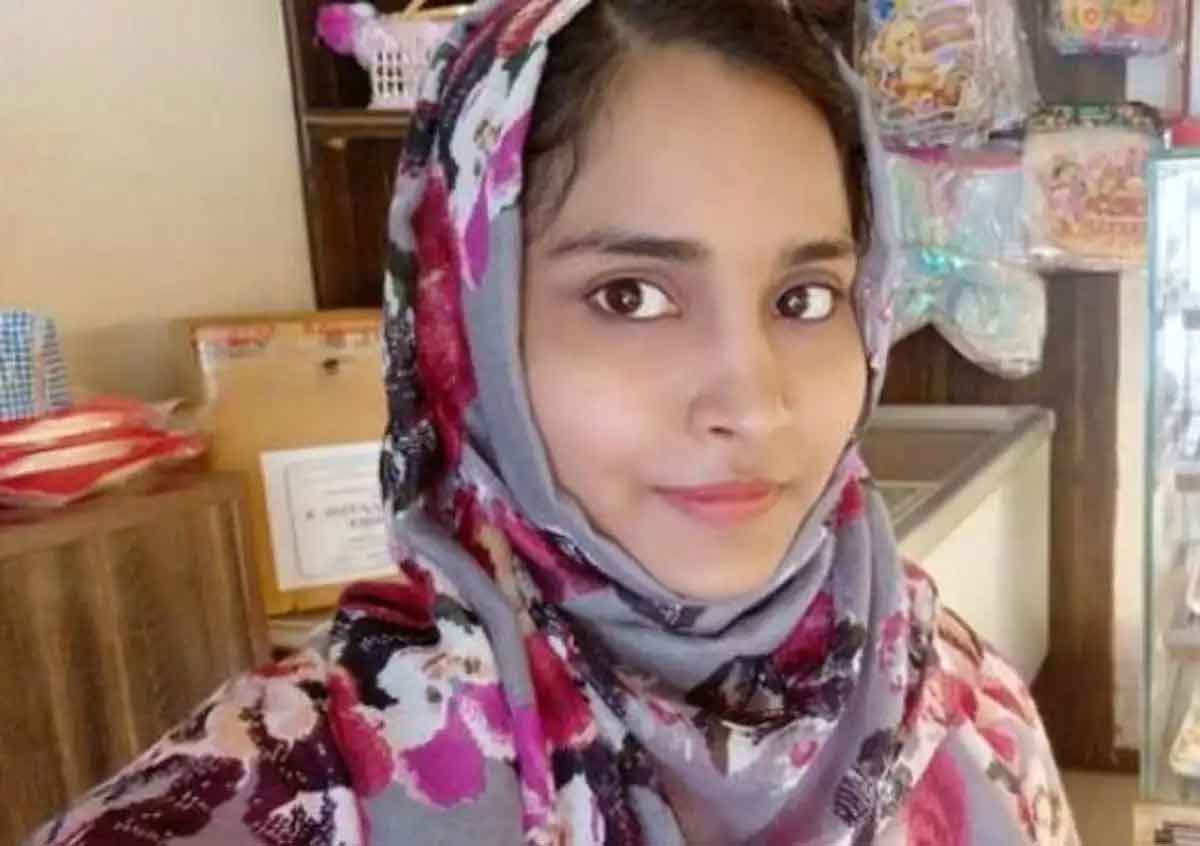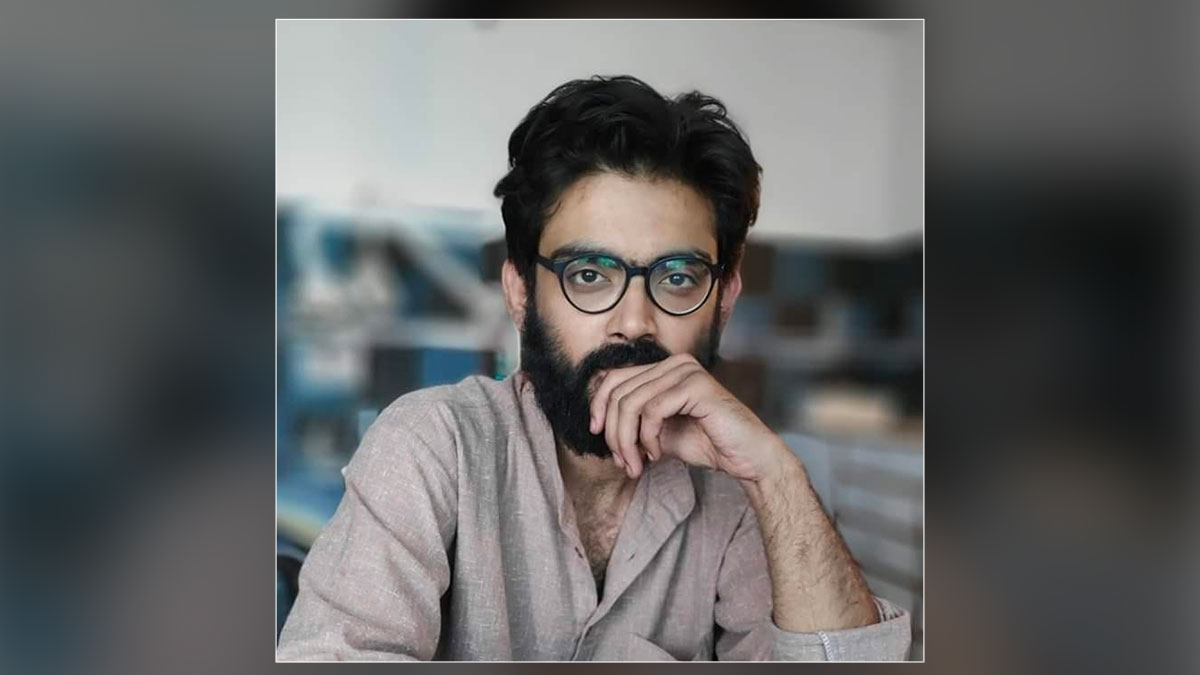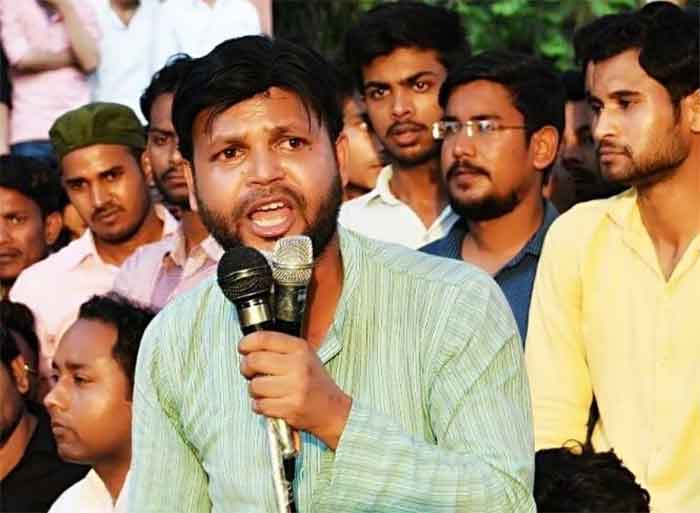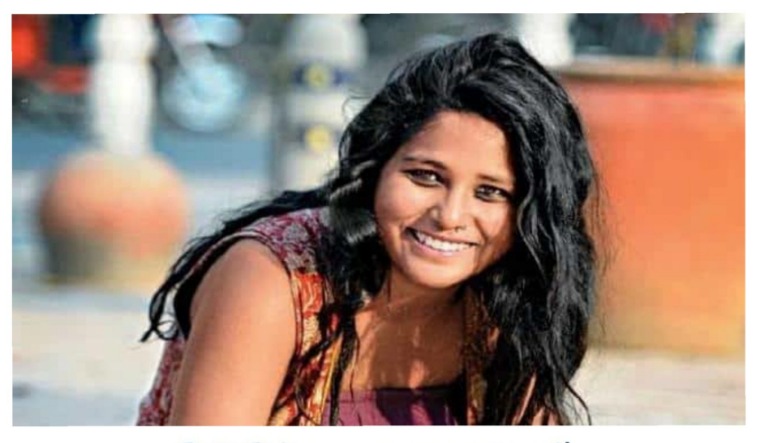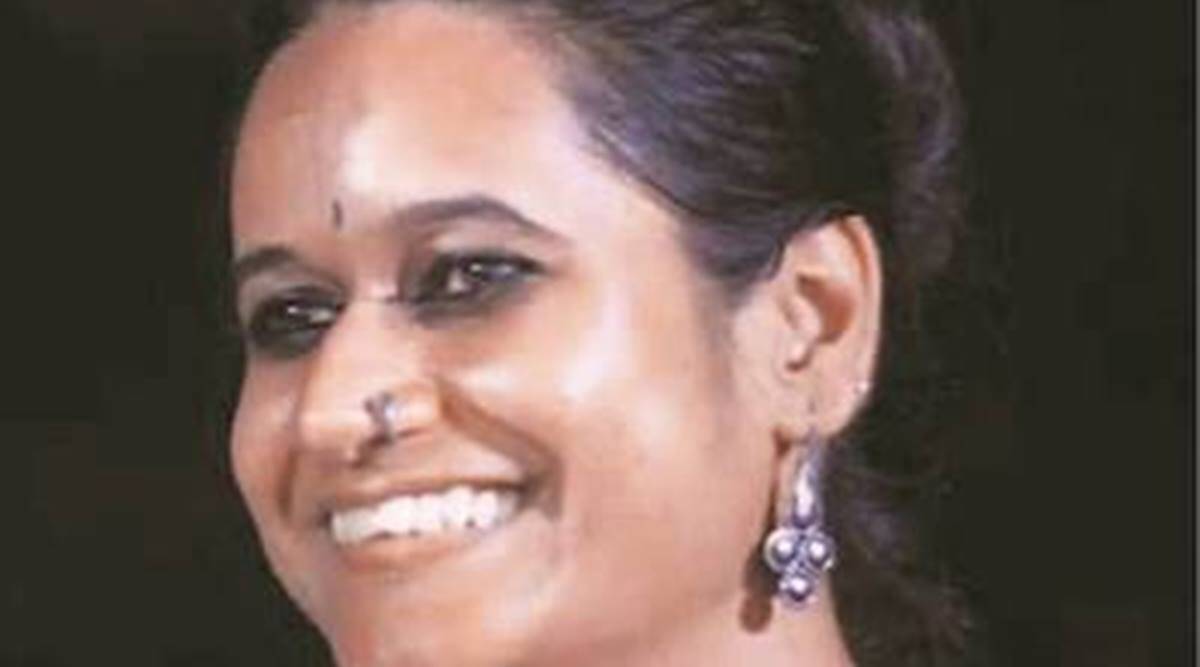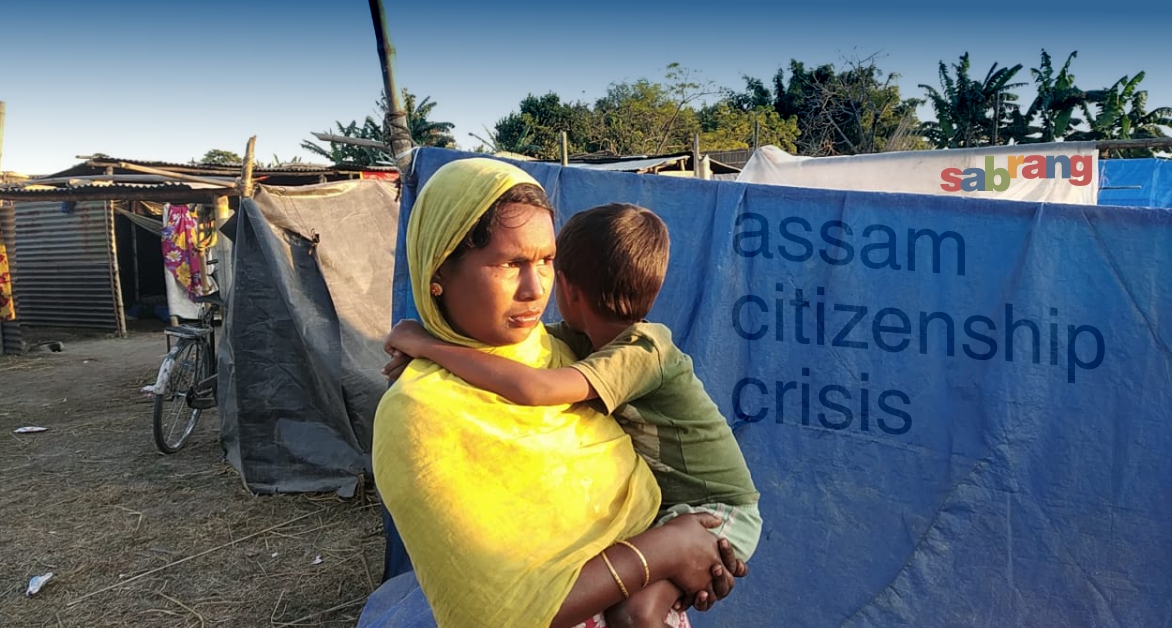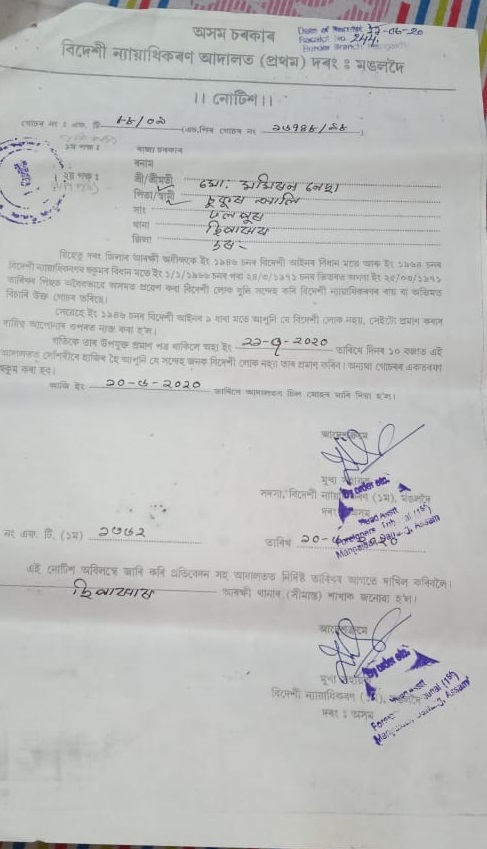
As this difficult and challenging year ends, SabrangIndia draws attention to the treatment of anti-CAA-NRC protesters in Uttar Pradesh as part of our series tracking victims of apathy and vilification.
Since the discriminatory Citizenship Amendment Act (CAA), 2019 was introduced and passed in Parliament, and threats of the implementation of an all-India Nation Register of Citizens (NRC) and National Population Register (NPR) repeatedly made, spontaneous protests broke out across the country. A unified resistance built up against these discriminatory legislative and policy moves and demonstrations and peaceful sit-down protests were held with the tricolour; the Constitution, songs, poems and the ideals of Bhagat Singh, Gandhi and Babasaheb as its symbols.
In Uttar Pradesh, some protests led to large scale violence and the fact-finding teams of Karwan-e-Mohabbat visited Meerut, Muzaffarnagar, Firozabad and Sambhal between December 26, 2019 and January 14, 2020 and shared the testimonies of affected parties and survivors of the violence during a peoples’ tribunal held on January 16, 2020 in New Delhi.
This report showed how in Meerut, the violence on December 20 largely took place at two major sites. First on Hapur Road, a busy road that goes through the centre of the city where the Islamabad police chowki and City Hospital are located. Second, in the predominantly Muslim areas of Tarapuri and Ahmednagar. In Tarapuri, police are reported to have chased people into the bylanes and shot them.
The police stationed at the Tiraha in the area retaliated with lathi charge. As a result, the crowd scattered in all directions. Some people are reported to have pelted stones. The police then further intensified their actions with tear gas and rubber bullets, until they finally resorted to firing.
In Sambhal, the procession on December 19 was met by a heavy police force led by the city’s Superintendent of Police at the ChandausiChowk, blocking the slogan-shouting however the peaceful procession continued. Subsequently, police began to lathi-charge, there was a stampede and teargas shells were lobbed. The police made the planned venue of protests inaccessible and imposed section 144 in the city.
In Firozabad, the police had blocked the protesters in their respective neighbourhoods. Eyewitnesses claim that Police fired directly into the protesters, most of them above the waist killing six people.
In Muzaffarnagar, the police, RAF and un-uniformed men in police jackets entered in numbers of 50 to 100 into two Muslim dominated areas destroying and vandalising all in its wake, there were all relatively well-off households. Street lights were switched off in the town about 10.30 at night as the forces entered mosques, homes and shops, demolishing all that came their way. They also entered and destroyed the glass panes of a mosque.
The report also stated that the police and administration further weaponised the legal system to target and intimidate the community at large by filing anonymous FIRs that target thousands of people, randomly picking up people from their homes and the streets and charging citizens with counter-cases and recovery notices for damage to property.
Resorting to scare tactics and allegedly warning people against participating in anti-CAA protests, the Uttar Pradesh cops carried lists of alleged anti-CAA protesters and their addresses, questioning locals of their whereabouts, houses, size of families, who and where they are and their age and profession. A woman resident of the Kotwali area who was reportedly questioned by a dozen policemen also told the media that the policemen intimidate them by unnecessarily knocking at her door.
The government and administration also displayed posters and hoardings throughout the state capital of Lucknow of alleged anti-CAA protesters in a crude and illegal way of ‘naming’ and shaming them. As many as 57 persons were named and with their addresses and photographs put up on posters and hoardings. They were accused of being part of the violence during the protests. The alleged protestors were also arbitrarily asked to pay huge sums compensation for “damage to public property” that took place during the violence at the protest in December, 2019. The hoardings also said that if these people fail to pay up, their properties will be attached/confiscated. The total amount of damage to property listed in the hoardings was up to Rs. 1.55 crore.
Before putting up these posters, UP Chief Minister had declared that properties of those involved in the violence would be seized and auctioned to compensate for destruction of public and private assets during the protests over the amended citizenship law and issued three recovery orders for the same.
These activities prompted the Allahabad High Court to take suo motu cognizance and hold hearings on Sunday, March 8 observing injury to the right of privacy. It held that this incident amounted to gross negligence on part of public authorities and government. The Court deemed these actions of the state to be “colourable exercise of powers by the Executive” which amounted to violation of Article 21 of the Constitution. The court also held that there was a valid apprehension of causing serious injury to the rights protected under Article 21 of the Constitution of India. It said that this caused injury to the precious constitutional value and its shameless depiction by the administration. “The cause as such is undemocratic functioning of government agencies which are supposed to treat all members of public with respect and courtesy and at all time should behave in manner that upholds constitutional and democratic values”, the court remarked. It then directed the Lucknow administration to remove the banners and file a compliance report by March 16.
The Uttar Pradesh Government then approached the Supreme Court challenging the High Court order which was finally heard by Justices UU Lalit and Aniruddha Bose. On March 12, the Apex Court refusing to stay the operation of the High Court order held that the ‘name and shame banner’ was not backed by law, highlighting the value of Privacy as the Allahabad High Court did. It referred the matter to a larger Bench for consideration which is now pending.
On March 15, the Uttar Pradesh recovery of damage to public and private property ordinance 2020 was cleared in the cabinet meeting chaired by UP CM Adityanath in Lucknow. This was passed to recover damages to public and private properties in any violent protest or demonstration from the miscreants. The ordinance ignores tested jurisprudence and caution from constitutional courts that point to the absence of due process in such a “Name and Shame” policy. Intrinsic to this understanding is the arbitrary, unchecked power such an ordinance gives wings of the state, tilting power away from the people into the hands of the state, its police, without any checks and balances.
There are two PILs pending hearing at the Allahabad High Court challenging the constitutionality of the ordinance. One of the PIL states that the ordinance is redundant since the matter of prevention of damage to public property is already covered by The Prevention of Damages to Public Property Act, 1984. It further states that the ordinance is discriminatory and also violates principles of natural justice as it contains no provision whatsoever for setting aside the ex-parte order upon appearance.
The other PIL filed by a lawyer practising in the Allahabad High Court, Shashank Tripathi, urged the court to issue a writ or a direction declaring the ordinance ultra vires to the Constitution. His plea stated: “To evade from justifying itself from court of law, the State has played mischief upon the Constitution.” The PIL also stated that the ordinance talks about judicial activity, but without procedural and functional safeguard required by law.
Ahmed Ali, a Muslim cleric and Suhaib-ur-Rahman, who heads an organisation were accused of distributing unlawful pamphlets during a protest in Prayagraj against the Citizenship Amendment Act (CAA), the National Register of Citizens (NRC) and the National Population Register (NPR). The Allahabad High court protected them from arrest, however did not quash the FIR against the two.
The violence in Uttar Pradesh claimed 21 lives, more than 1,100 people were arrested and 5,558 people were kept in preventive detention.
The three activists who faced the worst vilification by the state of Uttar Pradesh in 2020 are:
Dr Kafeel Khan: The paediatrician, and human rights defender was released from seven months of detention, around midnight on September 2, 2020. The Allahabad High Court had set aside his detention order under the National Security Act (NSA). After being released, he continues to fear the possibility of the Uttar Pradesh (UP) government charging him under another law to detain him again.
Khan had spoken at a protest against the Citizenship Amendment Act (CAA) at the Aligarh Muslim University (AMU) on December 12, 2019. An FIR was filed against him the following day but he was arrested on January 29, 2020 in Mumbai.
The Police booked him under the stringent NSA for “disturbing public order in the city and creating an atmosphere of fear and insecurity within the citizens of Aligarh.”
He was granted bail by the Allahabad High Court on February 10, 2020 and was to be released on February 13, 2020. Then, charges under the NSA were slapped against him. His speech had called for national integrity and unity among the citizens. The speech also deprecates any kind of violence.
He walked out of jail, and reunited with his family after Supreme Court Bench of Chief Justice of India SA Bobde and Justices AS Bopanna and V Ramasubramanian said that there is no reason to interfere with the September 1, 2020 order of the High Court. CJI SA Bobde dismissed the appeal filed by Uttar Pradesh government, but clarified that other criminal cases against Khan will be decided on their own merits.
S.R. Darapuri: A retired Inspector General of Uttar Police Darapuri, is a Buddhist Ambedkarite and though his home state is Punjab, he made Uttar Pradesh his home as he had worked here all his life. During his tenure, he was vocal about the rights of the marginalized and worked to protect them. After retirement, Darapuri dedicated himself to speaking up on issues regarding Dalits, Adivasis and minorities. He was 76 years old when he was arrested on December 20 2019, after he called for a political but non-violent protest against CAA. He was released on bail in January 2020.
In August 2020, he wrote in the National Herald sharing details of his case, and said even though “the police failed to produce any evidence against me in the court,” a charge sheet has now “been filed in the court in which I have been described as the Master Mind of the conspiracy to instigate violence.” Darapuri who has served in the Indian Police Service for 32 years, added “you can imagine what they can do to an ordinary man.”
SadafJafar: Actor, Congress member and social activist Jafar was also arrested during the anti-CAA protests in Lucknow. After she was released on bail in January, she publicly alleged that she was “tortured in police custody and called a Pakistani” when she was in jail. “Women police officers dragged me by my hand to the corner of the street and started beating me with a baton on my legs,” Sadaf recalled they kept saying “Oh she’s Muslim.” She continues to speak up on human rights violations today.
(Compiled by Adeeti Singh)
Related:
A 2020 Report of Victims of Incarceration: Student activists harassed, arrested
A 2020 Report of 10 Worst Victims of apathy: Dalits, Adivasis
A 2020 Report of Victims of apathy: People of Assam
2020 List of Honour: 10 Anti-CAA-NPR-NRC protesters vilified in Delhi
